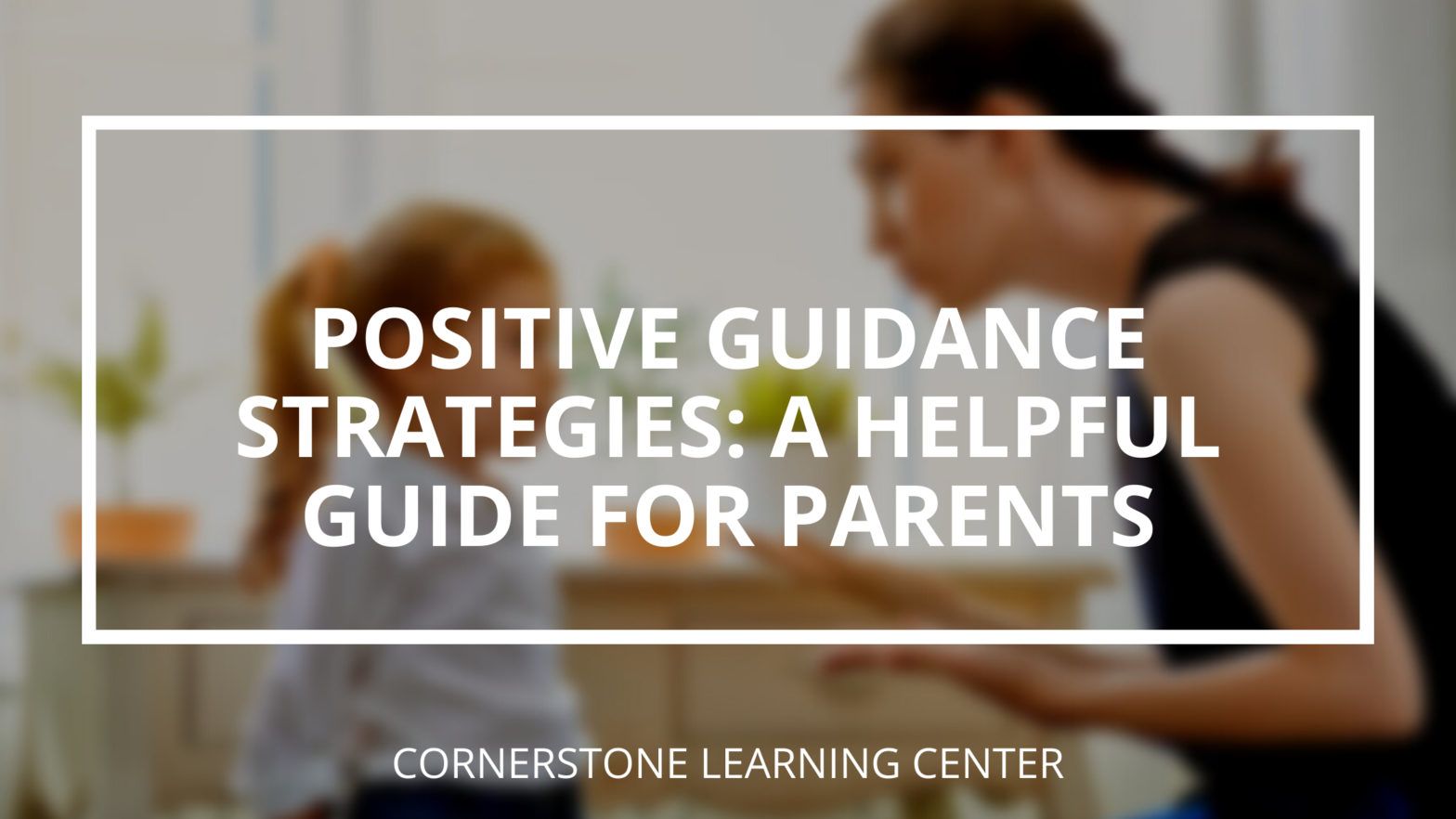Raising children can be one of the most challenging parts of life’s journey. It’s important for parents to teach their kids the difference between right and wrong, but it is also equally important for children to know that they are loved unconditionally. As a parent, you know that it can be difficult to provide the guidance your child needs without being too harsh. It is essential to find the right balance between providing support and exerting too much control. This article will cover four positive guidance strategies that parents can use as they guide their children toward becoming happy and successful adults.
Spend quality time together
Positive guidance starts with a healthy parent-child relationship, and you can nurture your relationship with your little one by spending quality time together.
This means setting aside some time each day for activities that both of you can enjoy and share. Whether you decide to eat a meal together, go for a short walk, play at the park, or join in during video games, engaging in bonding activities can help cement your relationship with your little one.
Set limits
Children need boundaries and an established set of rules to follow. They need to know what is expected of them, but these things need to be communicated and enforced in a firm yet positive and gentle manner.
For example, instead of constantly saying “No” or “Don’t”, you can phrase your responses more positively by saying something like, “It’s okay to play with your toys, but let’s put them away now so we can go outside and have some fun”. Or you might say, “Please walk slowly,” instead of, “Stop running!” or, “Don’t run!”
Helping children understand how they are expected to behave can be more helpful than always pointing out what they shouldn’t do.
Model expected behaviors
Children learn best by observing the adults around them, especially the actions of their own parents. You can help guide your child towards success by modeling positive behaviors yourself.
You can model the behaviors you want your little one to exhibit by following your own rules. For example, you can’t expect children to be honest if you’re not doing it yourself. You can’t talk them into making healthy food choices if they see you bingeing on junk food frequently.
Show your love consistently
In order for positive guidance strategies to work, parents need to communicate their unconditional love to their kids regularly, even when they don’t follow rules or behave inappropriately. Children need to feel secure in the fact that no amount of mistakes and misbehavior will change how much their parents love them.
Consider using a reward system
A reward system can be an excellent way to reinforce positive behaviors with your child.
Using a reward system with kids can be an effective way to help them understand the value of working hard towards a goal. For example, if you want your child to be more involved in household tasks (like laundry or helping with dinner), you might consider offering a prize or reward.
An example of a reward may include something like letting your child play video games for 30 extra minutes. Or you might let children enjoy an extra scoop of ice cream if they finish their homework on time.
Demonstrate healthy communication
Effective communication skills are essential for positive guidance. The ways in which parents communicate with their children can have a significant impact on how children respond to discipline and or redirection.
For example, if you want children to clean up their room before leaving for school in the morning, it is best to explain why this is important. Help them understand how this behavior will help them be more efficient throughout the day. Doing so is far more effective in eliciting the desired response from kids as compared with just telling them what they should do without any explanation.
Offer encouragement and praise
Acknowledging a child’s efforts and positive behavior is another important aspect of positive guidance.
When your child makes good choices, be sure to praise these behaviors instead of only focusing on negative behaviors. If your child reads well during storytime at night before bedtime, let your little one know this by saying something like, “Thank you so much for reading quietly all by yourself!”
Young children are still developing both emotionally and socially, which means their ability to understand the difference between right and wrong may be limited. By following these positive guidance strategies, you can help children learn and practice positive behaviors, all while nurturing your relationship and raising kids to be well-adjusted and successful adults.
At Cornerstone Learning Center, we are committed to making sure your child is in a safe, loving, Christian environment in which they can grow and thrive. Visit our website to learn more!

